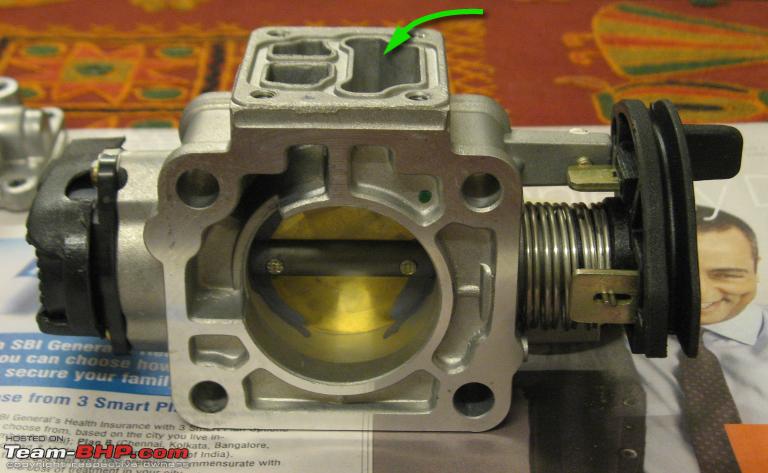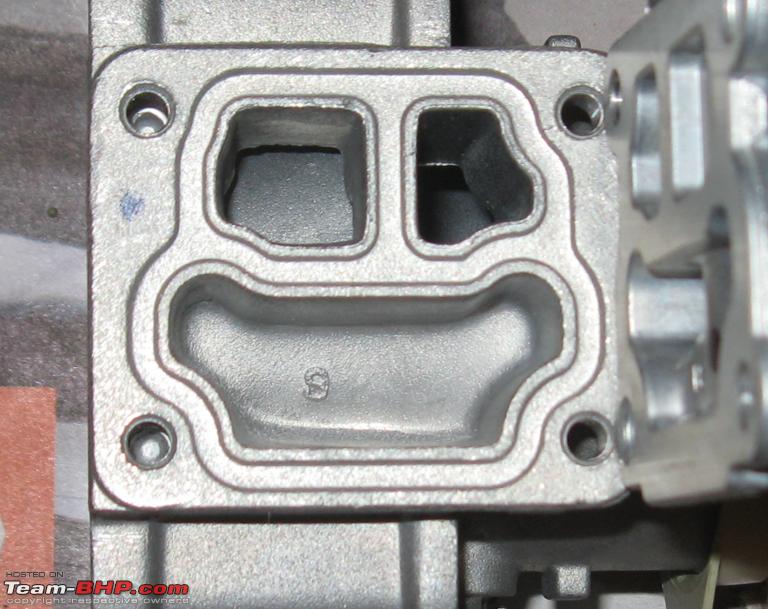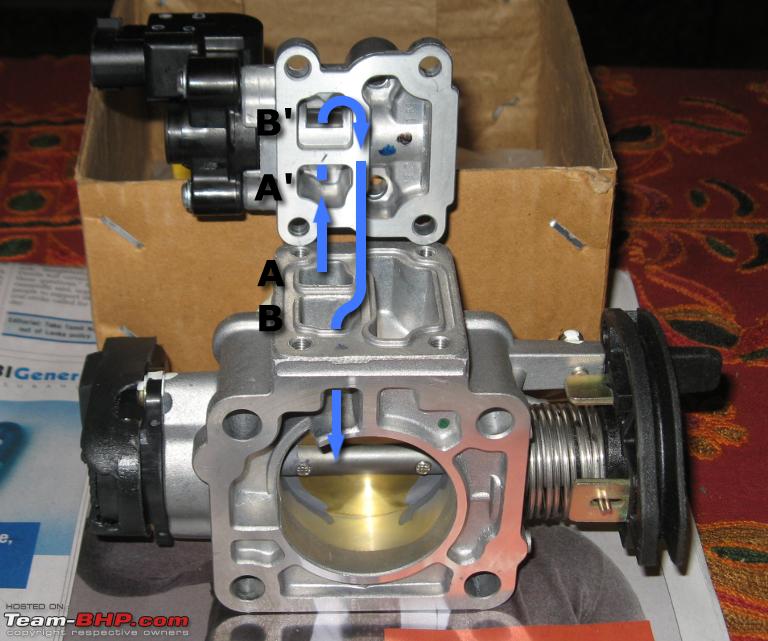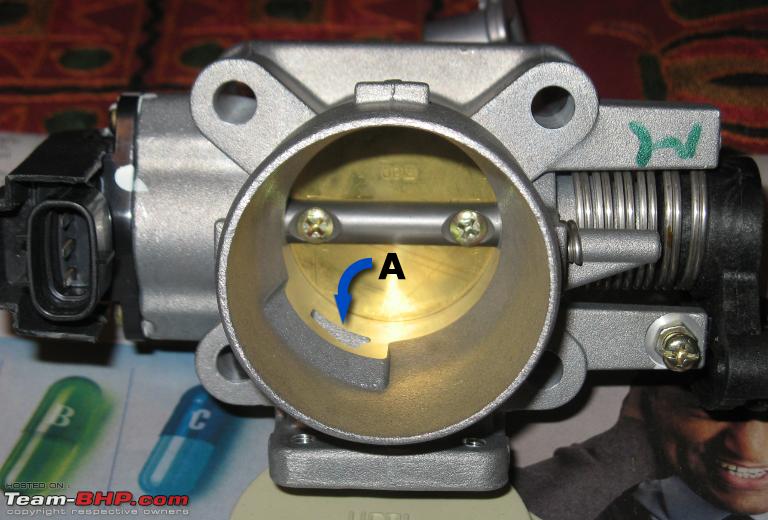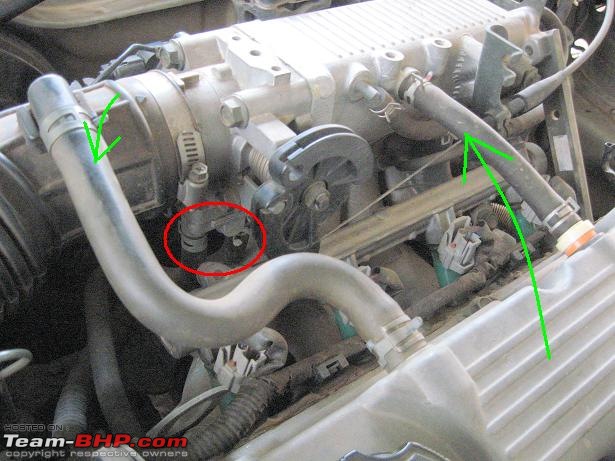| | #16 |
| Senior - BHPian Join Date: May 2005 Location: Location
Posts: 5,780
Thanked: 9,253 Times
| |
| |
| |
| | #17 |
| Senior - BHPian | |
| |
| | #18 |
| Senior - BHPian Join Date: Jul 2006 Location: Bangalore
Posts: 2,422
Thanked: 1,189 Times
| |
| |  (1)
Thanks (1)
Thanks
|
| | #19 |
| Senior - BHPian Join Date: May 2005 Location: Location
Posts: 5,780
Thanked: 9,253 Times
| |
| |  (1)
Thanks (1)
Thanks
|
| | #20 |
| BHPian Join Date: Dec 2008 Location: jaipur
Posts: 125
Thanked: 151 Times
| |
| |
| | #21 |
| Distinguished - BHPian  | |
| |  (4)
Thanks (4)
Thanks
|
| | #22 |
| Senior - BHPian Join Date: May 2005 Location: Location
Posts: 5,780
Thanked: 9,253 Times
| |
| |
| | #23 |
| Senior - BHPian | |
| |
| | #24 |
| BHPian | |
| |  (3)
Thanks (3)
Thanks
|
| | #25 |
| Senior - BHPian Join Date: May 2005 Location: Location
Posts: 5,780
Thanked: 9,253 Times
| |
| |
| | #26 |
| Senior - BHPian Join Date: Jul 2006 Location: Bangalore
Posts: 2,422
Thanked: 1,189 Times
| |
| |  (1)
Thanks (1)
Thanks
|
| |
| | #27 |
| Senior - BHPian Join Date: May 2005 Location: Location
Posts: 5,780
Thanked: 9,253 Times
| |
| |
| | #28 |
| Senior - BHPian | |
| |
| | #29 |
| Senior - BHPian Join Date: Jul 2006 Location: Bangalore
Posts: 2,422
Thanked: 1,189 Times
| |
| |
| | #30 |
| Senior - BHPian Join Date: May 2005 Location: Location
Posts: 5,780
Thanked: 9,253 Times
| |
| |
 |
Most Viewed





